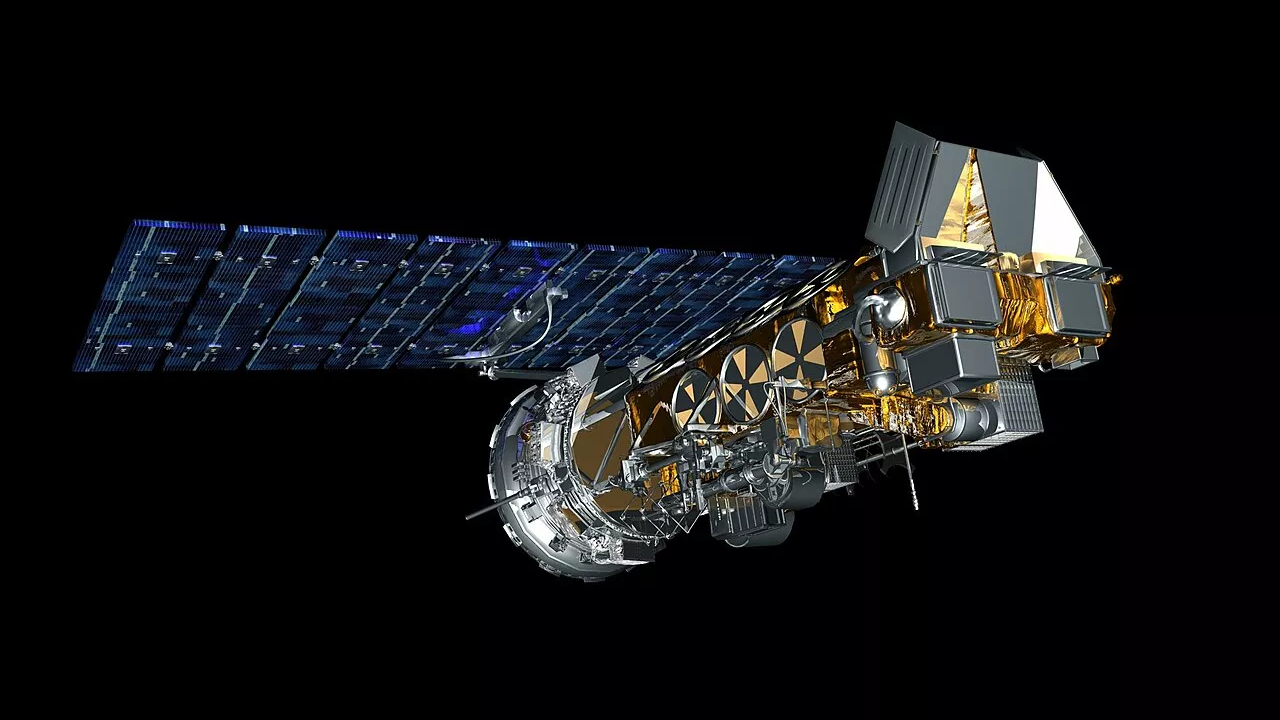NOAA's older Earth-watching satellites get new 'extended life'
NOAA has a plan to extend the lifetimes of three Earth satellites.

As many things have a shelf-life, so do satellites.
But the National Oceanic and Atmospheric Administration (NOAA) has plans to take their older polar-orbiting satellites off the path toward decommission, and instead use a cloud-based system to add some extra years to their lifespan.
NOAA's next-generation Joint Polar Satellite Series (JPSS) are more of the new kids of the block, when it comes to polar orbiting satellites. They keep an eye on Earth's weather and climate change from what's known as a low Earth orbit, from about 520 miles (836 km) above us; for comparison, the International Space Station orbits at about 250 miles (400 km).
Photos: Earth looks stunning in these 1st full views from NOAA-21 satellite
Through these satellite observations, we can get key data that assist with short- and long-term forecasts. This data, in return, will aid meteorologists when it comes to helping us prepare for destructive weather events.
Before the development of JPSS, a series of older satellites — NOAA-15, NOAA-18, and NOAA-19 — were the trio that led the way, providing data to serve a key role in climate and weather prediction following their launches between 1998 and 2005. They all form essential parts of NOAA's Polar-Orbiting Environmental Satellites (POES) fleet. But as we know, with any previous versions of satellite series, there comes a time when they approach the end of their lifetime.
"Rather than planning to decommission these older polar satellites, we're working with the private sector with a new business model that allows us to use new technology to extend their production and value, while still helping NOAA fulfill its mission," Steve Volz, director of NOAA's National Environmental Satellite, Data and Information Service (NESDIS), said in a recent agency statement.
Get the Space.com Newsletter
Breaking space news, the latest updates on rocket launches, skywatching events and more!
NOAA plans to use a POES Extended Life Internet cloud-based system through Microsoft Azure to control those satellites, using a contract with Parsons Corp. awarded in September 2022. The new "ground system as a service" approach should keep the satellites running until at least September 2025, years beyond their expected lifetimes. With more years in orbit, the older satellites will compliment the newer members of the polar orbiting satellite family, at lower cost than direct operations by NOAA, the agency said.
"POES Extended Life will also lay the groundwork for the future of low Earth orbit missions," Tim Walsh, director of NOAA's Office of Low Earth Orbit Observations, said in the same press release. Examples could include the Quicksounder mission, which will fly a small satellite for Earth observations, and the Series One project that aims to fly microwave sounders on future satellites of the agency's Near Earth Orbit Network (NEON) program.
Join our Space Forums to keep talking space on the latest missions, night sky and more! And if you have a news tip, correction or comment, let us know at: community@space.com.

Meredith is a regional Murrow award-winning Certified Broadcast Meteorologist and science/space correspondent. She most recently was a Freelance Meteorologist for NY 1 in New York City & the 19 First Alert Weather Team in Cleveland. A self-described "Rocket Girl," Meredith's personal and professional work has drawn recognition over the last decade, including the inaugural Valparaiso University Alumni Association First Decade Achievement Award, two special reports in News 12's Climate Special "Saving Our Shores" that won a Regional Edward R. Murrow Award, multiple Fair Media Council Folio & Press Club of Long Island awards for meteorology & reporting, and a Long Island Business News & NYC TV Week "40 Under 40" Award.
-
billslugg This is the meat of it:Reply
"allows us to use new technology to extend their production and value,"
What new technology? The internet? The cloud? How so? I'm lost.









